This website is made possible by readers. I may earn a small commission when you buy through the links in this article at no extra cost to you. Learn more.
Details
- Price $48 on shadows.jp
- Material Tin
- Dimensions 5.76 by 3.07 inches / 136 mm by 76 mm (height by diameter)
- Handmade in Japan
Overview
Finally, the time has come for me to review… my own product. Yes, that's right. This is my product, designed and produced by me.
In the past months, I've been writing review after review of products, some good and some bad. And at that time, I've been developing an itch of my own.
There are plenty of amazing products on the market; some have great style, while others have wild (sometimes tacky) features, but many of them lack that little something I look for when I buy a product. It's the little magic touch that's hard to describe. Few brands from the US have something special that sets them apart, my all-time favorite Outlier being one of them.
I've never quite been able to put that “thing” into words. Until I started thinking of what it would be like if I produced my own product.

Defining my Tastes
A few years ago, I read a book called “In Praise of Shadows” by Jun'ichirō Tanizaki, a deep book about ancient Japanese aesthetics. One can imagine the theme from this example; the western aesthetics enjoy things of brilliance, like well-polished silverware; the Japanese only begin to enjoy something after the luster has started wearing off, something they patiently wait for.
While I'm not Japanese, I've been in Japan for the past five years as a designer, designing for the Japanese audience. Before coming to Japan, I was enamored by the beauty of places like the Rock Gardens at Ryoanji Temple in Kyoto and the wabi-sabi present in tea ceremonies.
But after living here, I found that while most Japanese appreciate these sensibilities, those who would invest money in good design are far and a few. Even among fellow Japanese designers, it's hard to find those that truly represent those sensibilities and subsequently express them in product design.
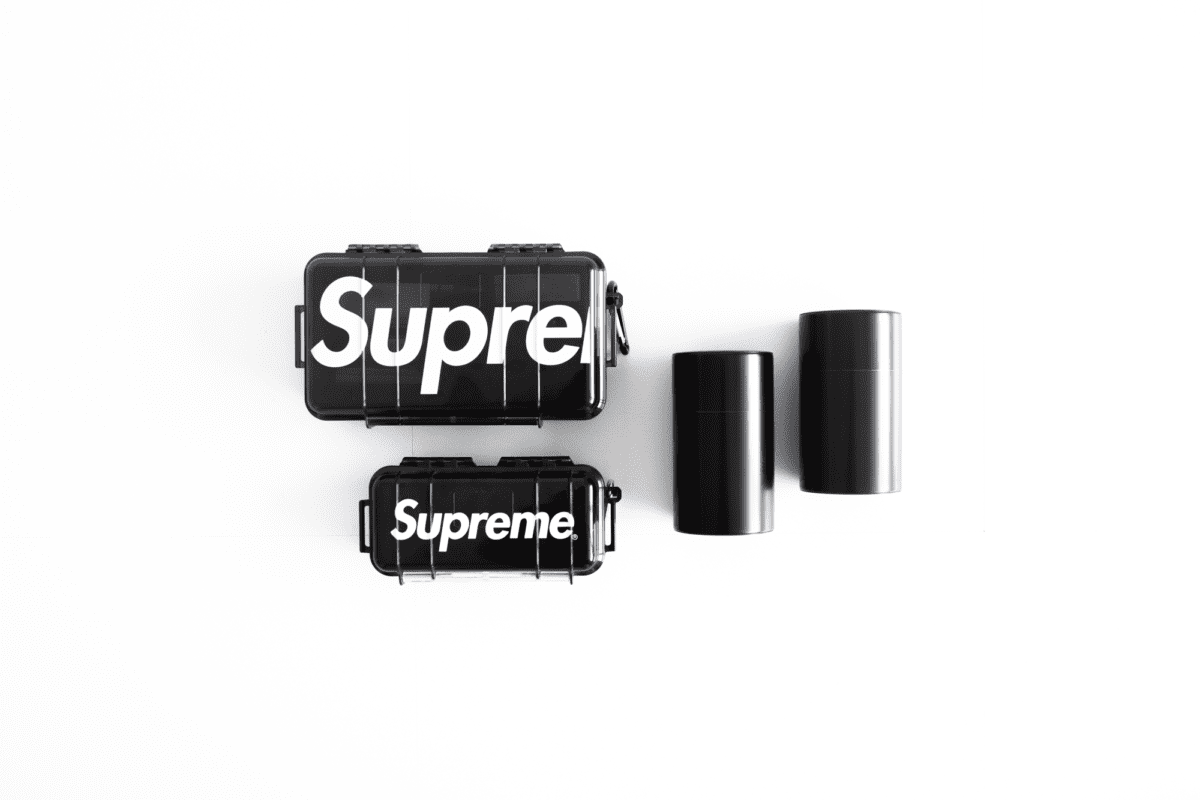
Those who succeed would go on to become legends, like my favorite architect Ando Tadao or MUJI's Kenya Hara.
While I wouldn't say I represent Japanese aesthetics, I would say a potent mix of Singaporean practicality, made-in-US quality, and Japanese aesthetics influences me. The combination of all these factors and the yearning to create something to call my own, in my own style, led to my first product, the “Canister.”
Once again, I have to drop a big disclaimer. This is my product, and I stand to profit from your purchase. But, at the same time, I'm challenging myself to be as honest as possible with this review. No product is perfect, and this review is also a chance to reflect on those imperfections.
This used to be an ad.
But no one likes ads, so I got rid of them. If my articles helped you, I ask for your support so I can continue to provide unbiased reviews and recommendations. Every cent donated through Patreon will go into improving the quality of this site.
Style
“We do not dislike everything that shines, but we do prefer a pensive luster to a shallow brilliance”
“In Praise of Shadows” by Jun'ichirō Tanizaki
The Canister is painted matte black. There is a quiet gleam but one of solitude rather than attention. As you must already know, I like black. Everything reviewed on this website is black. While this might seem like the obvious reason for my first product to be black, there is also a practical one. It's that coat of paint that prevents the tin from tarnishing.
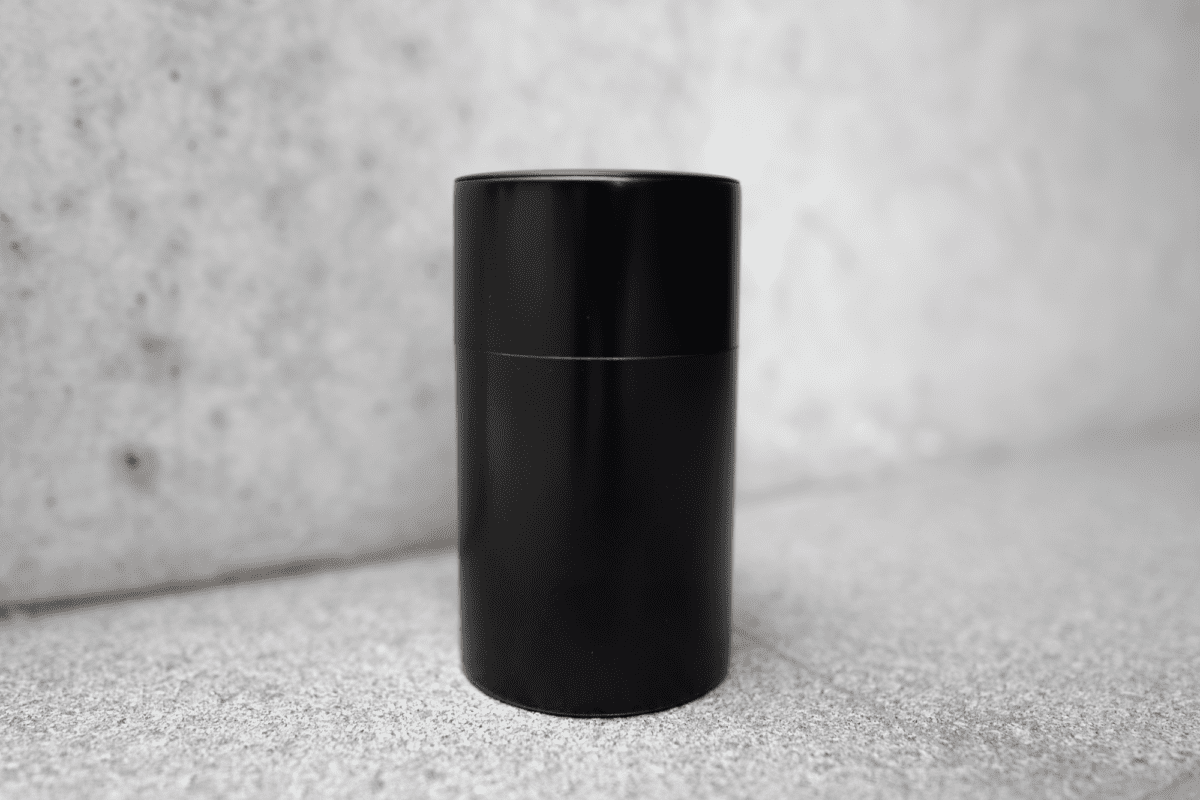
The unpainted color is silver, the color of the tin. While tin does develop a nice patina as it ages, it immediately grabs the attention of the room. This is something that I wanted to avoid.
One of Dieter Ram's principles of Good Design is that “Good design is unobtrusive,” which is often the most tempting one to break as brands plaster their logos all over the products you pay for, trying to advertise even on things you own. This is also why Outlier is one of my favorite brands.
I've always thought your products should work “in the shadows” instead of taking away all the attention. This is also why there aren't any logos or markings whatsoever on the Canister. I'm still not sure if it might need some kind of logo in the future for authentication purposes, but I will worry about that when the time comes.
Over the years, probably decades, that paint is likely to wear off with your hands polishing it with each touch, slowly revealing the tin layer underneath, which will then slowly discolor to black. I feel like this will be a story to tell when you hand this down to the next generation.
The Canister only comes in one size. I wanted to offer as few options as possible when it comes to sizes. I wanted universality in the product and for the customer to have to make as few choices as possible.
At 5.76 by 3.07 inches / 136 mm by 76 mm (height by diameter), this is designed to be a “just-right” size. Not too small that you'll have difficulty pouring fine powder in, but not too large that it takes up an awkward amount of space.
I designed a thing.

I found a 100 year old company that would create these heirloom quality canisters for me. They are handmade and will keep your tea leaves, coffee beans or anything that you need dry for years to come.
or read review
Material
Japan and the US are well-known for making high-quality products. In Japan, many high-quality products are handmade, but the number is slowly dwindling in the age of China-made products.
I actually don't think it matters where it's made, as long as it produces the quality and has the same values as what I'm looking for.
While I'm not sure if this is a one-off or if there will be future products, I can say for sure that I will only create products that are true to me. The first one should obviously represent that.
The Canister is handmade in Japan every step of the way. It's cut by hand, glued by hand, pressed by hand, and painted one by one. The artisan making these has been making tea canisters for the last 60 years. The company that produces these has had almost 110 years of history with these canisters. I'm very confident in the quality.
While I would say imperfections are to be expected because of the production method, every one of the canisters I've checked so far has been perfect. One thing you might notice is that it's quite thin, so thin that if you drop it from almost any height, there's a good chance of it denting.
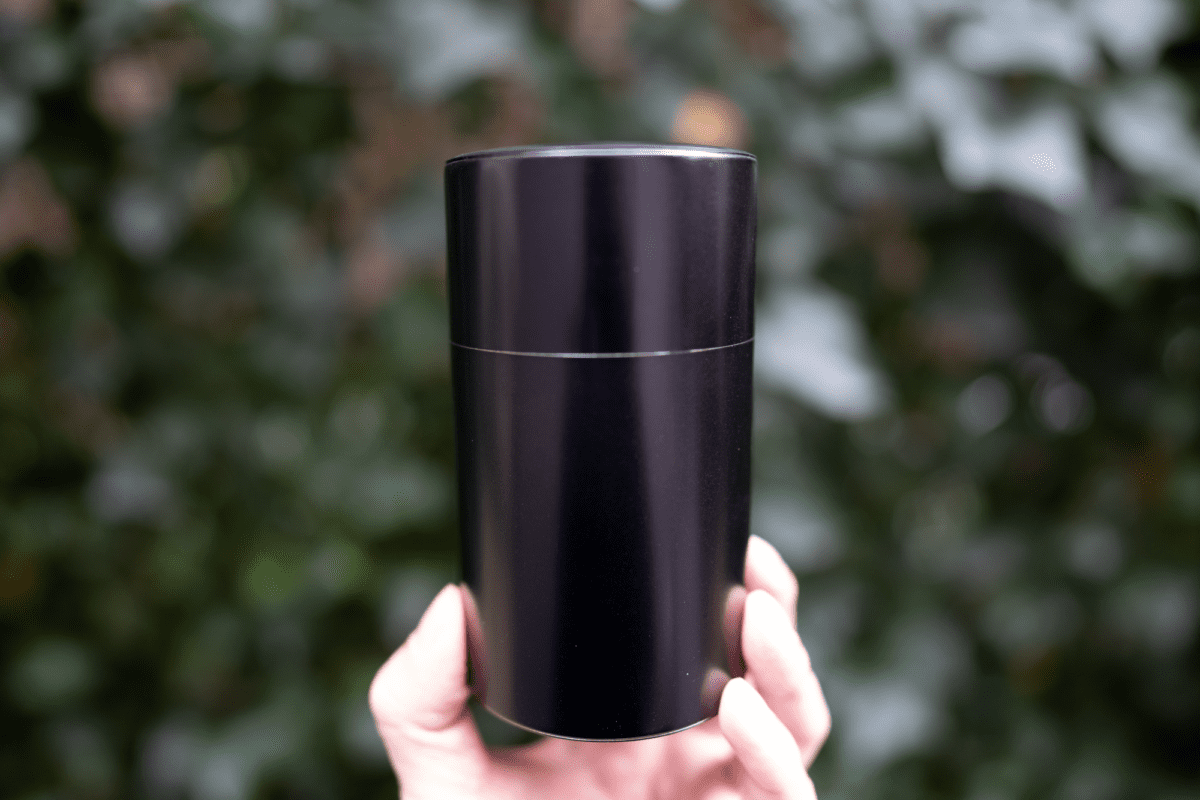
The thickness of the tin used is actually the thickest that human hands can bend. Since I wanted my first product to be something that you can hardly find in the States, I wanted it to be completely handmade. A great thing about the thinness, though, is that it's very lightweight.
Despite its lightweight, this is not suitable for travel because of its likelihood to dent upon impact. The design, material, and size of the canister have been chosen to be a quiet, lingering presence in your home. A canister for travel does seem like an interesting product to think about.
Inside the canister, there's another cap. Without the cap, powdery substances like grounded coffee or tea powder might get onto the inside of the cover and will get all over you when you open it.
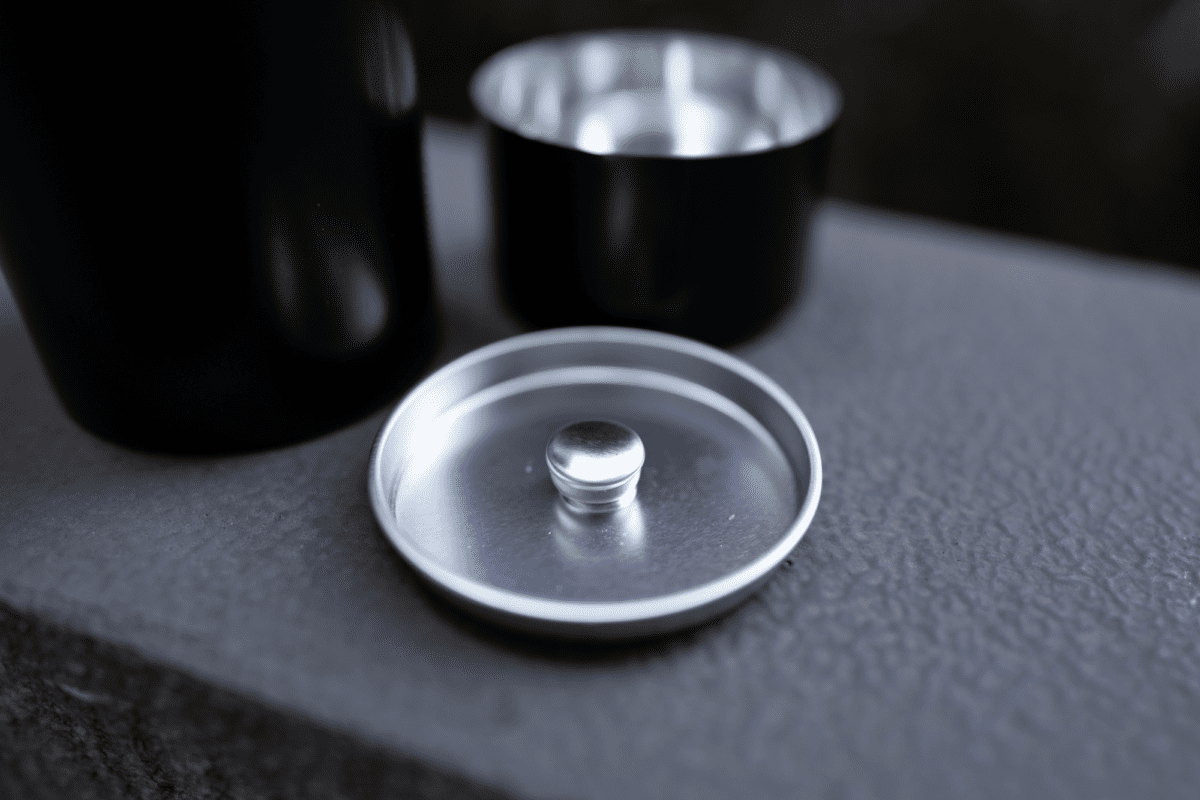
Usage
The Canister is great for many purposes, although it's primarily designed to hold tea leaves. But, you can store anything you want to keep dry, like coffee beans, sweets, chocolates, uncooked macaroni, or nuts. The one size that comes in is actually designed to be the perfect size to hold these contents.
I've heard from the maker that one of their customers left a senbei (Japanese cracker) in one of these canisters and forgot about it for 9 years. When he found it again, it was still as crispy as he first found it. It might be just a story, but I don't think they would make up something like this.
The inside of the Canister is not painted since the paint could come off and contaminate your food. Also, you shouldn't wash it with running water since moisture could make it rust. You want to wipe it with a damp cloth and leave it open to dry if you need to clean it.
As mentioned, this is extremely light. 114.4g to be exact. While it's not a fragile Canister (you can press on it pretty hard), one should expect dents on high impact. The paint would also come off against any abrasion.
In line with the concept of “In Praise of Shadows,” I kinda like the loss of luster once the paint starts coming off, but some might mind. Once again, this is designed for your home.
Conclusion
This is a product that I designed, produced, and am selling, so obviously, I think it's a great product. Otherwise, I wouldn't be selling it in the first place.
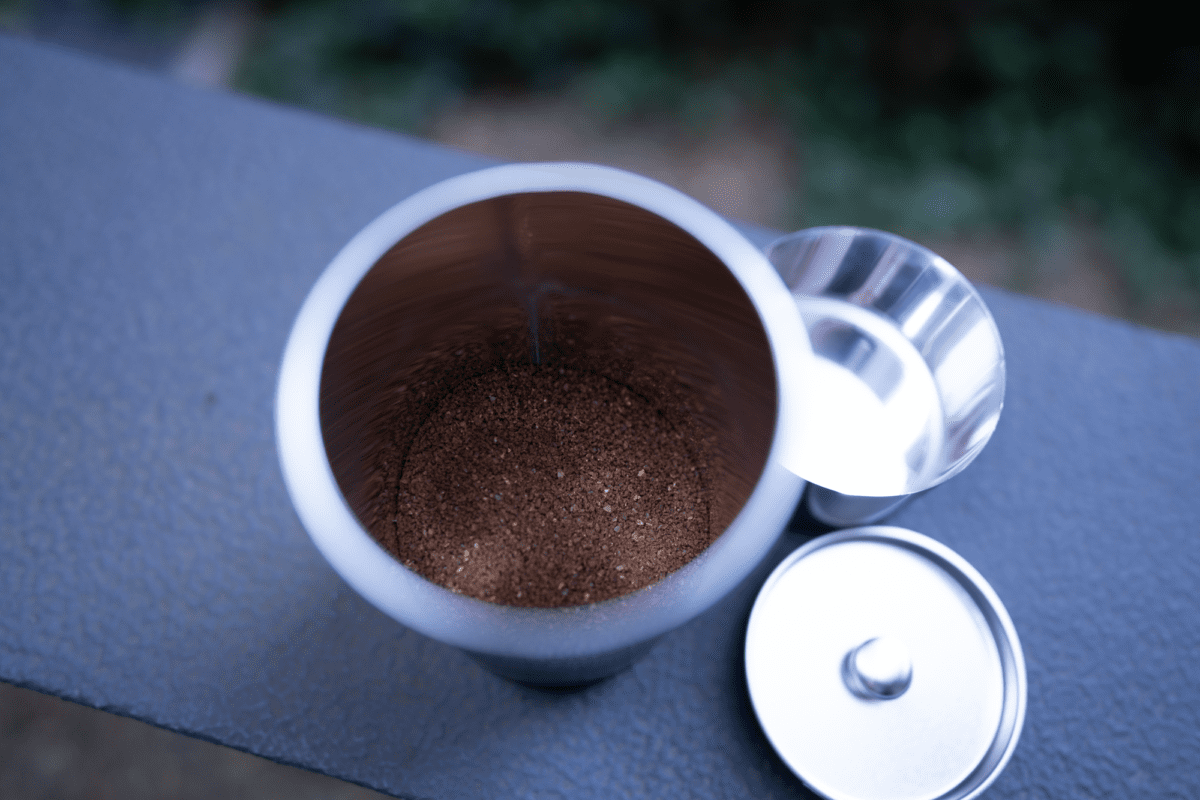
You might notice that I don't accept any returns for personal reasons. Since this is my first product, I don't think I have the capacity to deal with returns while working on the next product and this website. Also, since I'm not physically in the States, I do not want to deal with the logistics right now. But obviously, free returns are ideal to have in the future, and hopefully, I can make that happen with your support.
So, I want you to be sure before you make the purchase.
If something is my fault, like if you receive a faulty product right out of the box, then I, of course, got your back.
I don't think any product will ever be perfect, so I would love to hear your thoughts and comments on them.
Additional Images
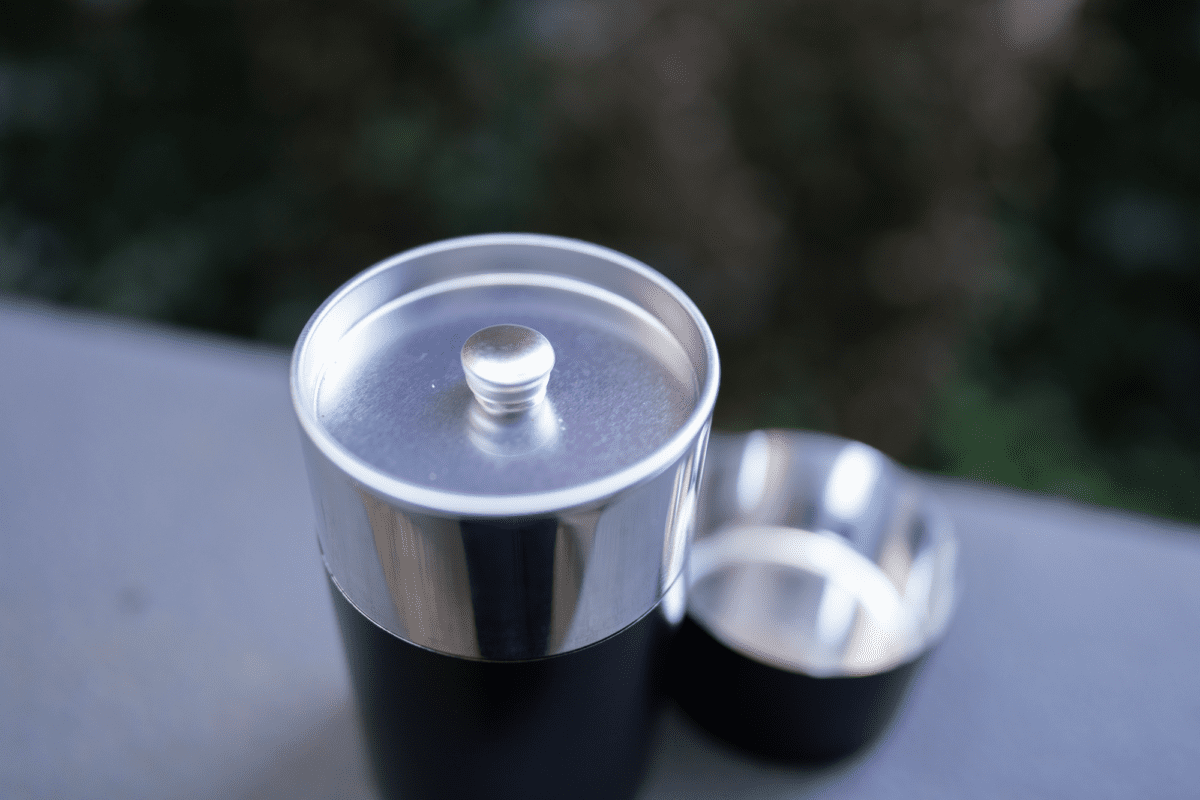


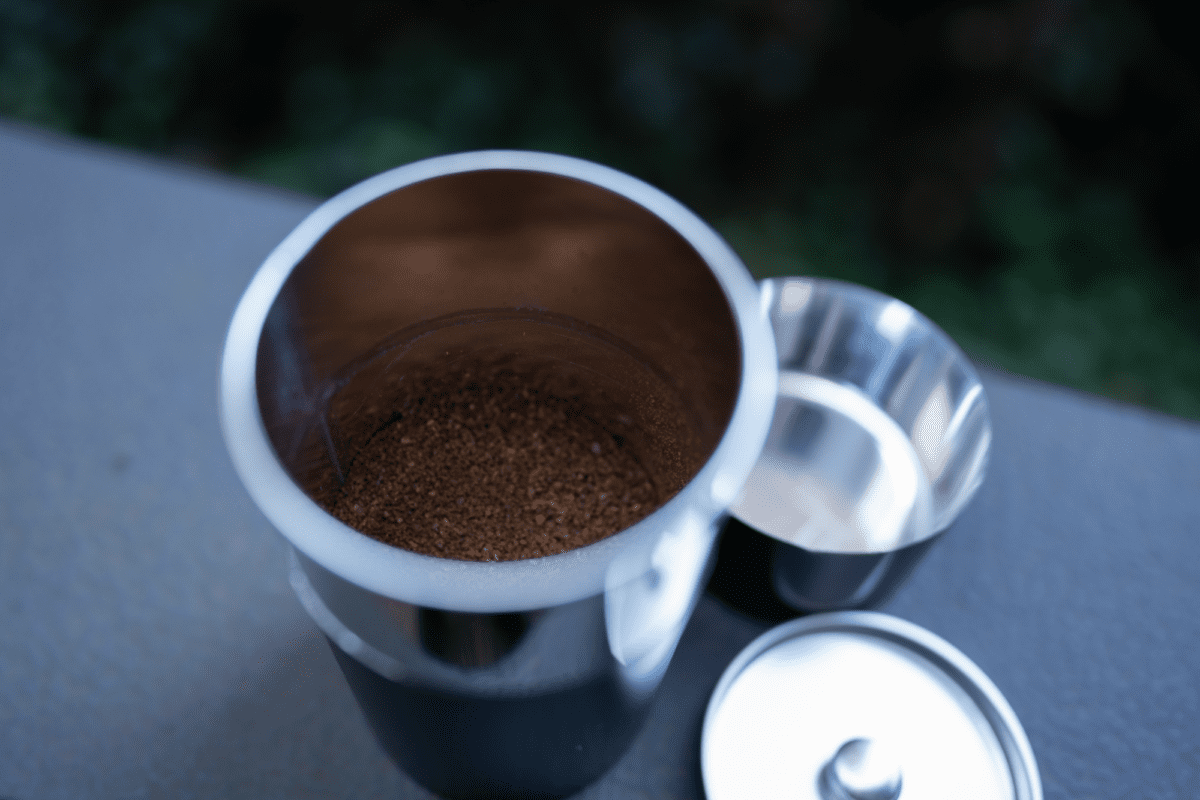


Like this review? See all of my in-depth reviews.
Also, consider supporting me by being a Patreon. Every cent given will go back into improving the content of this website.